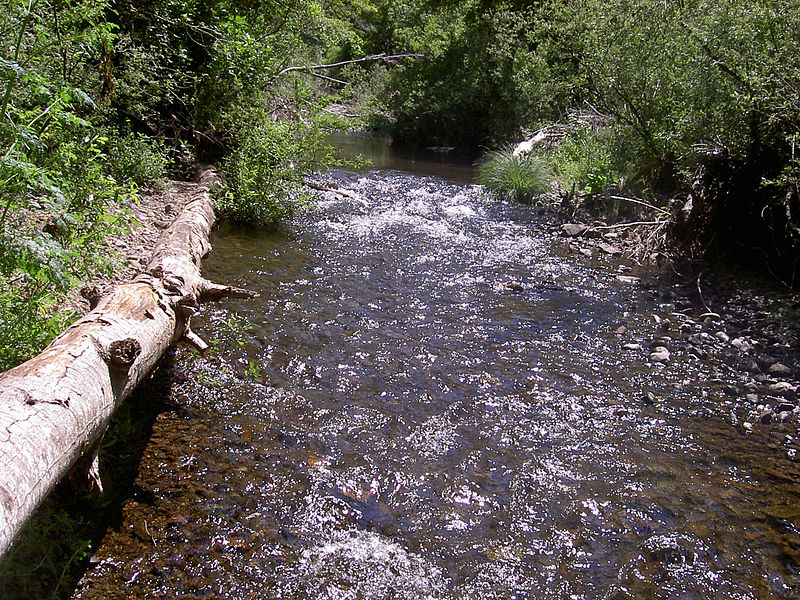The Salmon Protection And Watershed Network (SPAWN) has received Federal stimulus and state funds to help repair non-County maintained dirt roads in the San Geronimo Valley in partnership with over 50 local landowners in 2010 and 2011. Called “Taking Action for Clean Water,” the program will serve to upgrade dirt roads to stem erosion into salmon streams as well as improve the surfaces for community safety.
The $525,000.0 that SPAWN secured to help local residents will be used to repair `non-County maintained’ dirt roads and streambanks to reduce erosion that delivers salmon-killing silt into local creeks, improve human safety and reduce road failures that can cause dangerous and expensive landslides. And additional $280,000.0 for the road repairs was secured from the Department of Fish and Game’s Fisheries Restoration Grant Program.
SPAWN in partnership with Pacific Watershed Associates and Wylatti Resource Management will begin phase I of the non-county maintained road improvement in early September. Six sites are anticipated being completed, with a focus on treating high sediment contributors.
Chris Van Schaack, SPAWN’s Land Steward noted that five contractors participated in the implementation bidding process, two locally based, with the award going to the lowest responsive bidder. All together, these collaborative neighborhood road-repair projects will prevent enough fine sediment to fill an olympic-sized swimming pool from entering local streams where it can harm salmon eggs and fry. The project will also help prevent expensive and dangerous landslides.”
Working with Pacific Watershed Associates, SPAWN developed specific fixes on a road-by road basis that include re-grading poorly designed roads, some dating back to the original subdivisions in the Valley, installing rolling dips to slow stormwater and prevent erosion, and replacing degraded and oftentimes undersized culverts that could catastrophically blow out during big storm events.
Paola Bouley, SPAWN’s Conservation Director, said, “Over the past year, SPAWN has hosted block meetings, working with local landowners to explain the process, acquired landowner access agreements, worked with professional road engineers to develop cost-effective projects, and worked to gain all the necessary permits, and we are delighted we are about to finally break ground this year.”
SPAWN partnered with the San Francisco Estuary Partnership to secure the funds, originally through the Prop 50 Coastal Non-Point Source Pollution fund. During California’s 2009’s economic crisis, these funds were frozen. In 2010, American Resource Recovery Act (aka Federal stimulus funds) rescued the projects which are now back online and scheduled for final completion in the Fall of 2011. SPAWN was also later awarded a matching grant from the Department of Fish and Game.
Todd Steiner, biologist and executive director of SPAWN said, “This is perhaps the largest and most complicated of the many restoration projects SPAWN has tackled over the past 10 years, complicated in part by the State budget crisis that stalled the project for over a year. We worked diligently with our partners to secure federal bailout funds to keep the projects alive.” He continued, “I am extremely proud of the SPAWN team that has kept it moving forward, despite the many obstacles that would have caused others to give up. It’s a testament to their dedication to make this planet a better place for all living things.”




